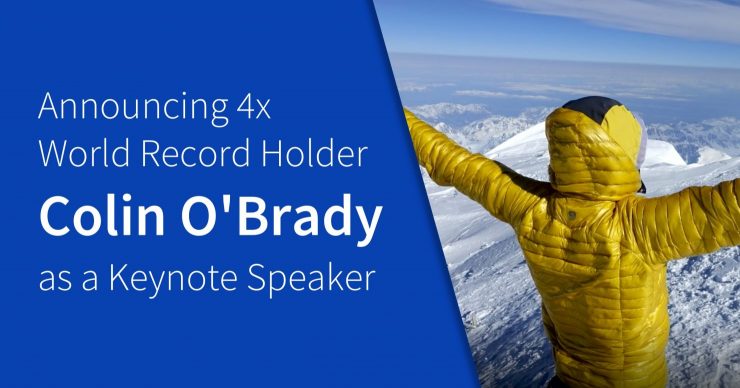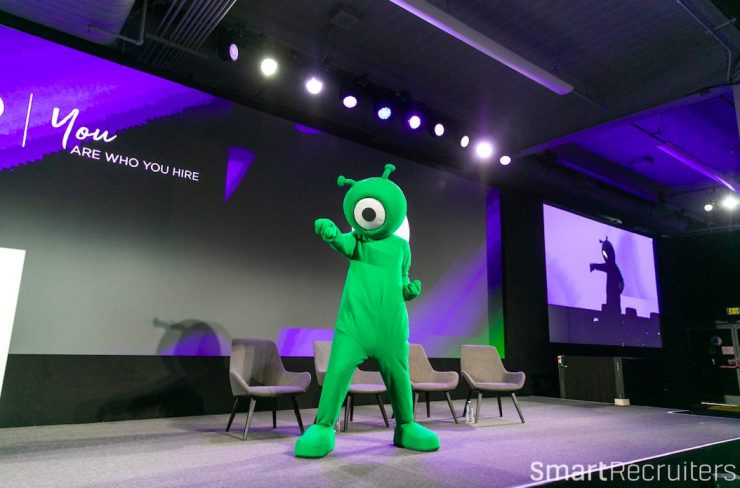SmartRecruiters announces a new corporate responsibility initiative (CSR), and three other moments worthy of a mic-drop.
This morning, merry conference-goers were greeted by a classic case of San Francisco rain and fog. Is it any surprise that the number one tourist purchase in San Francisco is sweatshirt? However, damp environs proved no match for attendees’ giddy spirit or the palpable enthusiasm of a giant dancing alien named Winston the Smartian, SmartRecruiters’ brand new mascot.
The revelries began at the crack of 7:30. As conference-goers rolled into Pier 27 and began catching up over delicious cups o’ quiche, they couldn’t help but notice our friends at G2 crowd collecting surveys from SmartRecruiters customers. For every completed survey, SmartRecruiters made a $10 donation to Defy Ventures, a non-profit organization providing career training and mentorship for formerly incarcerated people in the US. Forgive the shameless plug, but it’s for a good cause, people!
But, enough of work. The sun is setting on our first day at the conference, and we’re all headed to the Smarty Party carnival, so let’s take a moment to recall some of the top moments of our first day at Hiring Success 19 – Americas.
When SmartRecruiters announced a new CSR: ‘Reverse Recruiting’ Invites Hiring Success Community to Give Back.
In the opening keynote by Jerome Ternynck, CEO and founder of SmartRecruiters, attendees learned about the launch of a new corporate social responsibility program, Reverse Recruiting!
This CSR goes well beyond the SmartRecruiters business. It starts with SmartRecruiters pledging one percent of their equity towards a future foundation. SmartRecruiters also wants to ensure non-profits have access to top-level hiring technology through free and discounted services for organizations of all sizes, and ends with everyone (including your company) getting involved with Reverse Recruiting!
What is Reverse Recruiting?
On Reverse Recruiting days, recruiters no longer work for their companies — they work for candidates. They invite rejected candidates and previously overlooked talent to review their resumes, conduct mock interviews, offer suggestions, and assist struggling candidates in their job search. And guess what? Managers are invited as well! What a great way for everyone to give back.
SmartRecruiters will participate in Reverse Recruiting days once a quarter in all of our global offices, and the hope is your office will consider this as well. Sign up to learn more and receive a toolkit with all the materials you need to host your very own Reverse Recruiting session.
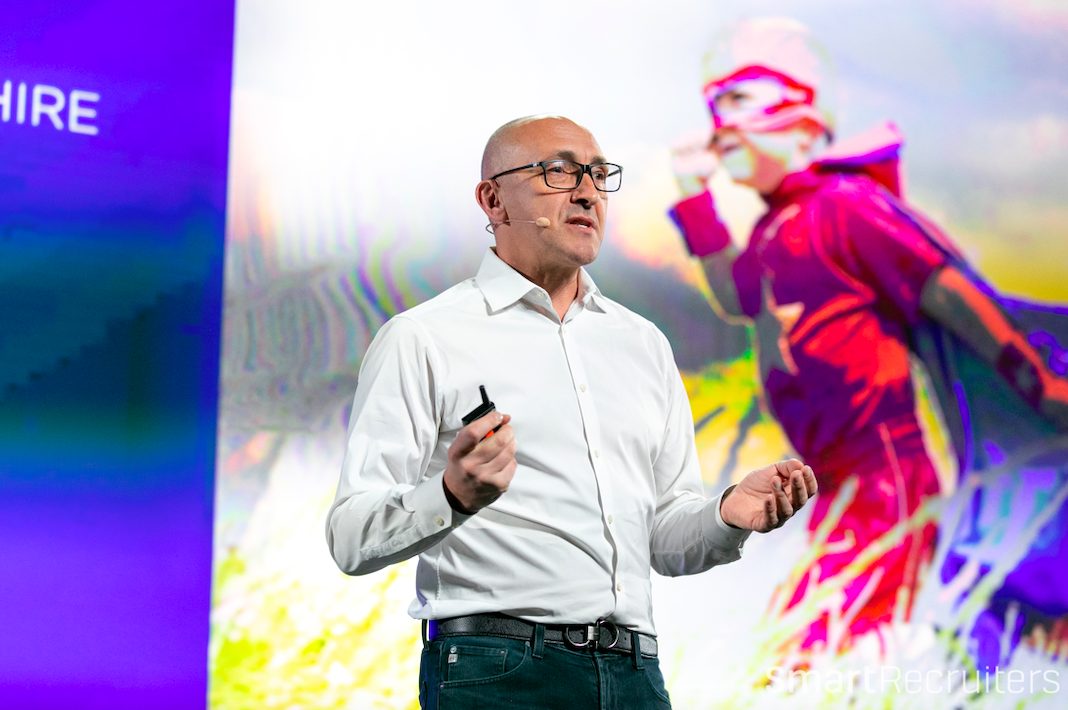
How to ‘backtest’ your hiring practice like the folks in finance do.
In today’s Select track, Are Purple Unicorn Hires Repeatable, Robert Coombs, CEO of Head of Business Operations at CredSimple, talked algorithms. It’s a word we hear a lot, and before today this author defined it as ‘the magical computer thing that figures stuff out for us lowly humans’. Now I know it’s actually as simple as a set of rules we use to problem solve. A low-tech example of an algorithm is a recipe. We can reasonably expect chocolate chip cookies when we put the right ingredients through the right preparation and cooking steps, but let’s get more specific.
An algorithm, whether it be for cooking or financial gains, has several elements in common:
- Inputs – The thing that is applied: data, ingredients, historical trends,
- Outputs – The thing that comes out: transactions, delicious cookies, great hires
- Definite – Clear, unambiguous, and feasible
- Finite – Must have an endpoint
- Effective – Similar inputs yield similar desired outputs
So, let’s look at a recruiting example. Take one of your really successful hires, and let’s reverse engineer the process to see if your recruiting algorithm is effective. This is called ‘backtesting’.
We took the example of Roy Baladi, head of the marketplace for SmartRecruiters. Say we want to test effective keyword searches — we look at the job description and start pulling keywords to search for candidates. Again and again, Roy’s name does not show up in the shortlist. What does this tell us? Maybe we need to revisit the job description (i.e. our input) and revise our wording to be more relevant towards the role.
Some people call this process ‘dogfooding’, which basically means internally testing your external processes to see if they are indeed effective. Have hiring managers test this on themselves to increase empathy and produce more accurate job descriptions!
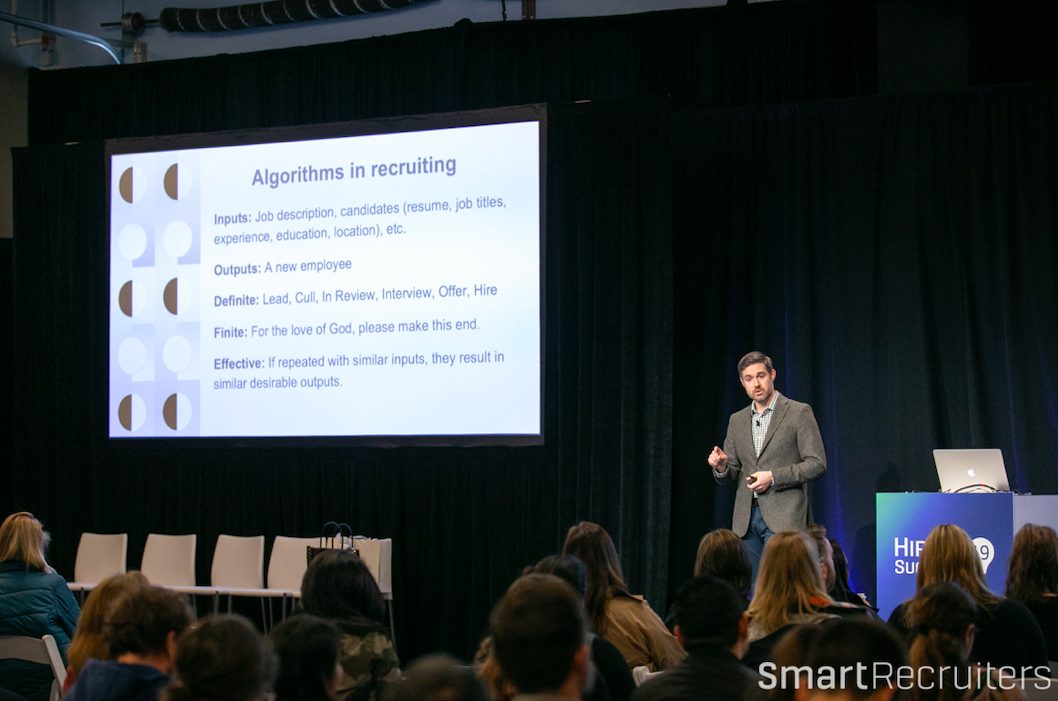
Three recruiting lessons from teachers, that are scalable for your TA function.
Speaking on the Attract track, Brian White of the Auburn-Washburn Unified School District 437 asked everyone seated at the session Get Ahead of Seasonal Hiring Challenges to close their eyes and think of a teacher who made a positive influence in their life. For most attendees, it didn’t take long for inspirational educators to come to mind. Whether it was the math teacher who sat with you until multiplying fractions finally made sense, or the tutor who helped you master the past perfect in Spanish, the examples are practically infinite.
When we are asked to think of similar moments with recruiters, the examples are far fewer. So what can TA take from teachers’ best practices to boost candidate experience?
- Learn what’s important to the student. The most effective teachers find out what motivates their students, what they care about, and use that knowledge to inspire learning.
- Learn to communicate based on the individual. For teachers, this can mean catering to different learning styles. Brian’s team used this advice to create a texting line for job inquiries and implement a chatbot.
- Understand the student is more than a number. Even with the incredible volume of students teachers interact with every year, they think of each one as an individual person. For recruiters this can be as simple as including a personal detail their outreach to show talent they really care.
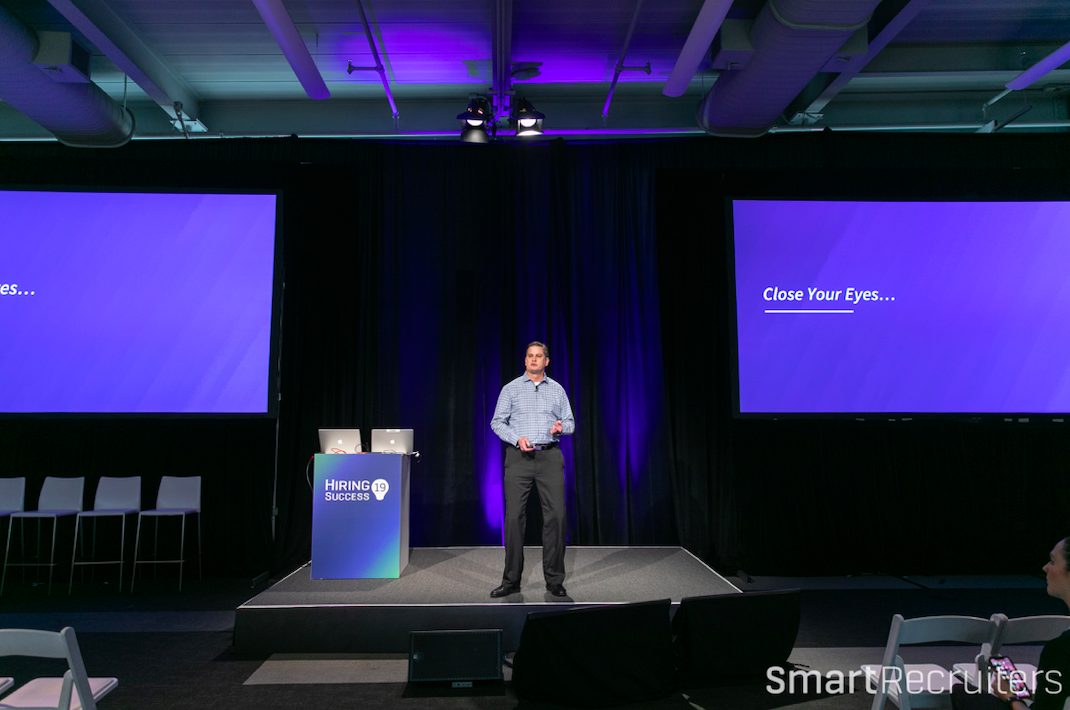
The biggest myth is that anyone is normal.
In today’s hire track, during Mind Mix: Neurodiversity at Work’ Sara-Jane Harvey, an autism advocate who also is on the spectrum herself, helped our audience understand the prevalence and value of neurodiversity in our society.
The biggest mental health myth is that there is indeed a “normal”. Normal doesn’t exist. If your mind is a computer, then the way you process information is your operating system, and just because your computer doesn’t run Windows doesn’t mean it’s broken.
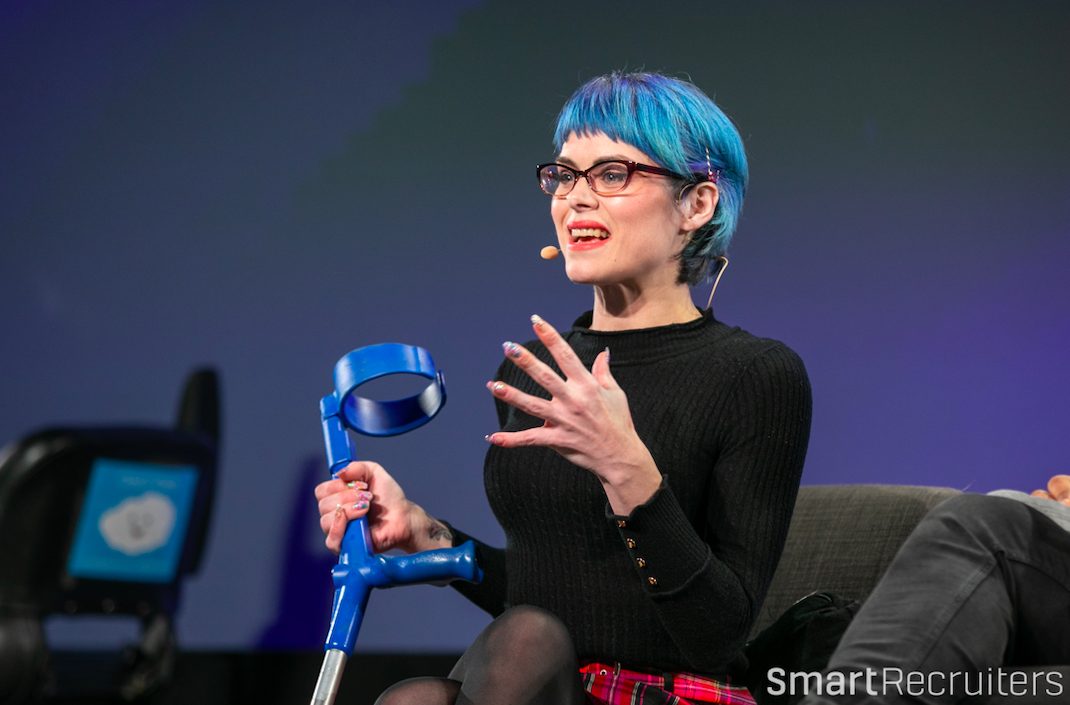
There’s no need to be ‘realistic’ when setting goals.
In today’s closing keynote, Colin O’Brady, four-time world record holding endurance athlete, reminds us how crazy his goals seemed when he first set them.
When Colin told his mother from a hospital bed in Thailand, where he was recovering from third-degree burns covering a quarter of his body, that he wanted to train for a triathlon, she didn’t say, ‘let’s set a more reasonable goal.’ Even with doctors saying Colin may never walk normally again, his mother took him seriously, and immediately got Colin small weights to start training.
Eighteen months later, Colin entered the Chicago marathon — and won! He continued to set outrageous goals, and continued to check them off like items on a grocery list. Climb the seven highest peaks in the world in a record-breaking 132 days – check! Be the first to cross Antarctica solo and unaided – check!
“I don’t think everyone wants to go walk across Antarctica,’ said Colin, ‘but I know that people certainly have challenges in their life. Everyone has reservoirs of untapped potential inside of themselves and can achieve really incredible things.”
